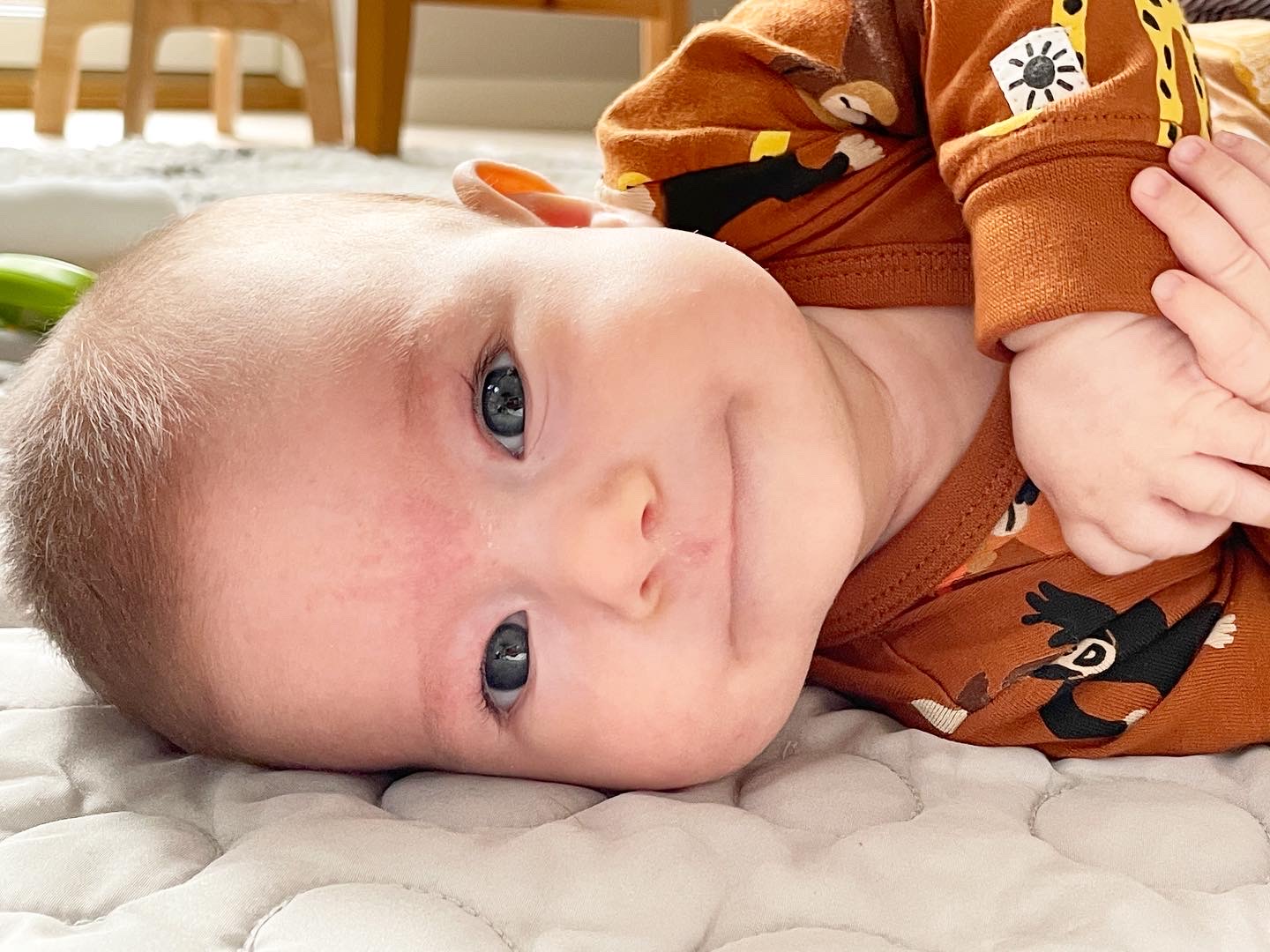Safe sleep for newborns
 By
Mellow Editorial Team
·
2 minute read
By
Mellow Editorial Team
·
2 minute read

Here are some essential guidelines to ensure your newborn sleeps safely:
Back to Sleep
Always lay your newborn down to sleep on their back, never on their stomach or side. This reduces the risk of Sudden Infant Death Syndrome (SIDS).
Crib
Use a firm mattress with a fitted sheet, avoiding plush toys, blankets, pillows, and bumper pads. This reduces the potential for suffocation.
Look for a crib that meets the safety standards of your country.
-
Avoid drop-side cribs; they've been banned due to safety concerns.
-
The slats should be no more than 6 cm or 2 3/8 inches apart to prevent the baby's head from getting stuck.
Dressing for Bed
Opt for lightweight, breathable materials like cotton. Over-bundling is a common mistake. If you're feeling chilly or hot, your baby probably is too. However, if you are unsure, it is always safer to aim it a bit cooler than warmer.
Important: You only dress your baby in one more layer than you are wearing in the first few days. In those first few days, babies are learning to regulate their temperature. Usually, within the first week, they’ve figured it out. Talk with your doctor if you have questions.
Swaddle
Ensure it's snug but not too tight. You want to prevent your baby from breaking free and potentially covering their face with the fabric. However, it shouldn't be so tight that it restricts breathing or hip movement.
Use a sleep bag or sack
When purchasing sleepwear or sleeping bags, check the TOG rating. This measures the product's thermal resistance. A higher TOG indicates more warmth. For summer, a TOG of 0.5 to 1 is ideal. Winters might require a 2.5 TOG. All the brands have instructions on how to dress your baby under the sleeping bag according to each TOG rating.
Avoid Blankets and Quilts
For infants, it's safer to use sleep sacks. It reduces the risk of suffocation and allows consistent body temperature regulation. Don’t add blankets, hats, stuffed animals or anything loose to the crib.
Ideal Room Temperature
It's recommended to maintain a room temperature between 68°F (20°C) and 72°F (22°C). This range provides a comfortable and safe environment, reducing the risk of overheating, a known SIDS (Sudden Infant Death Syndrome) risk factor.
Monitor The Room
Invest in a reliable room thermometer to keep a constant check. Some baby monitors come with built-in temperature sensors, alerting you if it gets too hot or cold.
Pacifiers
Consider offering a pacifier at nap and bedtime. This has been shown to reduce the risk of SIDS.
Important: For breastfeeding infants, it's recommended to introduce a pacifier only after breastfeeding has been well-established, usually around 3-4 weeks. This ensures the pacifier doesn't interfere with the breastfeeding process.
Avoid Smoke Exposure
Ensure that your baby is not exposed to tobacco smoke, which increases the risk of SIDS.
Educate Everyone
Ensure everyone who cares for the baby knows these rules, including grandparents and babysitters.
By following these guidelines, you'll provide a safe sleep environment, reducing risks and giving both you and your newborn peace of mind. Always consult with healthcare professionals for personalized advice.